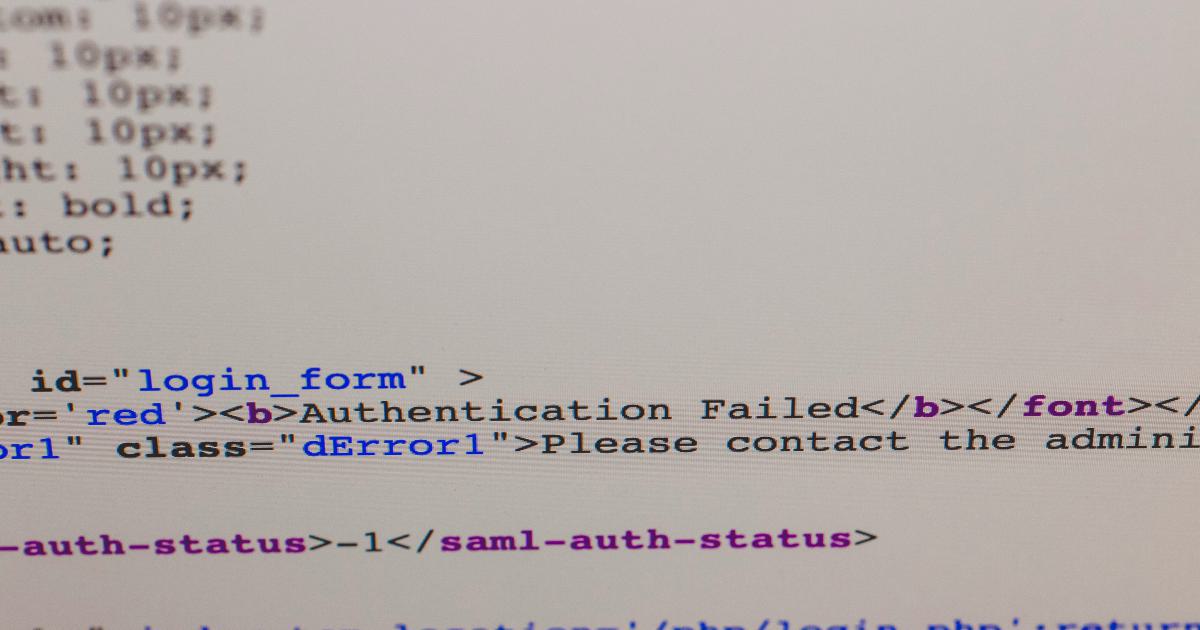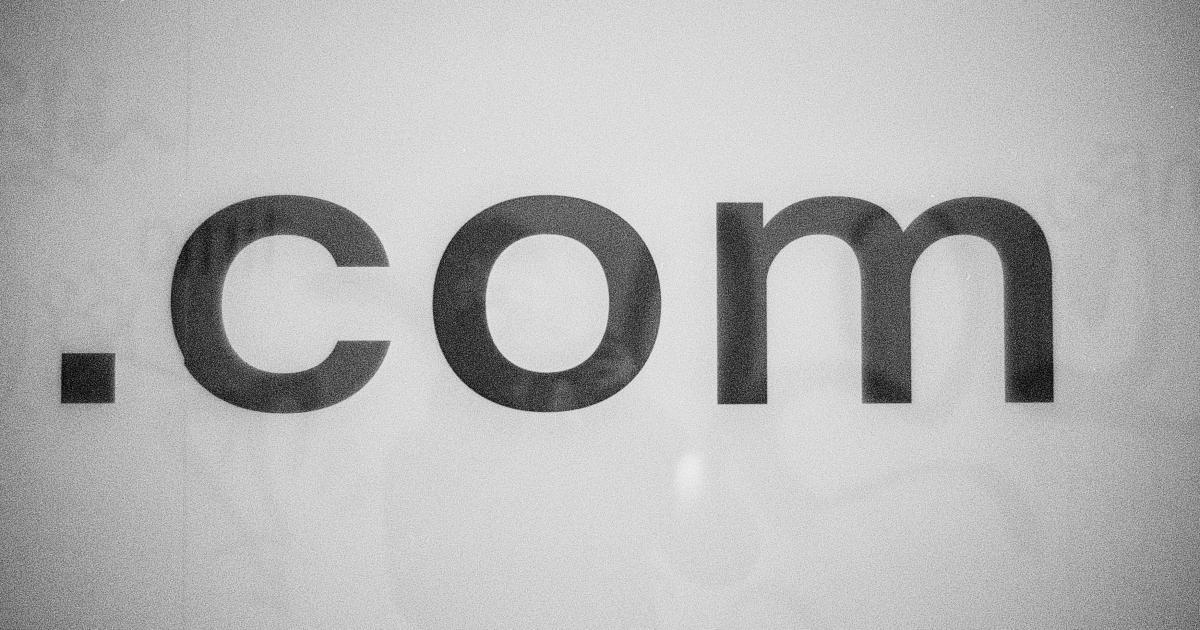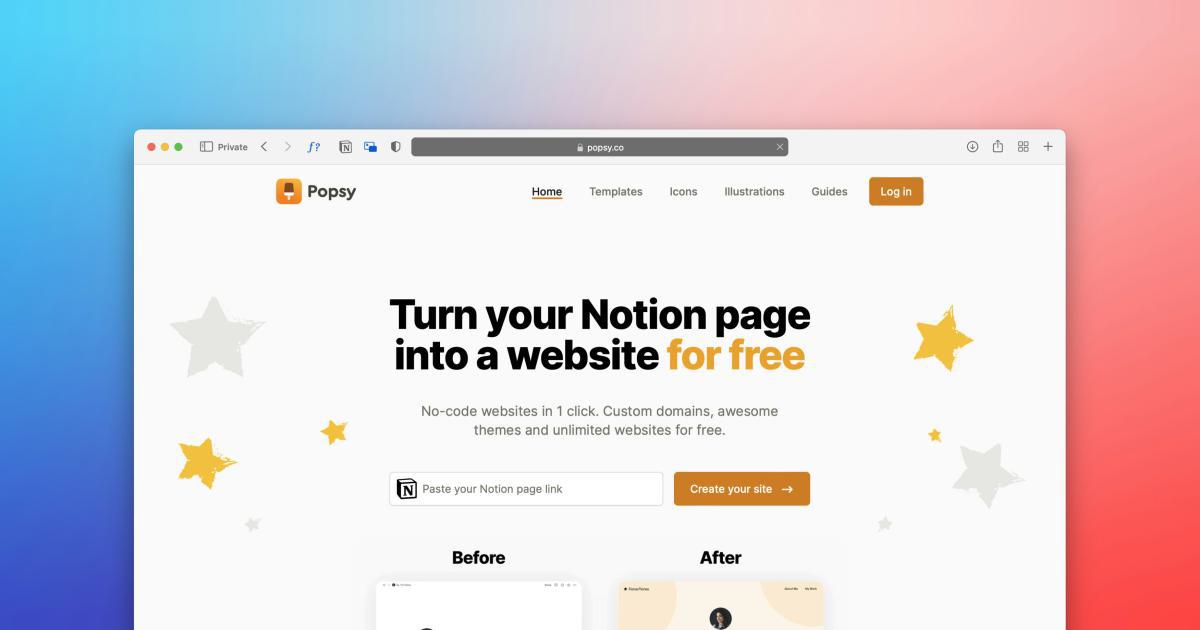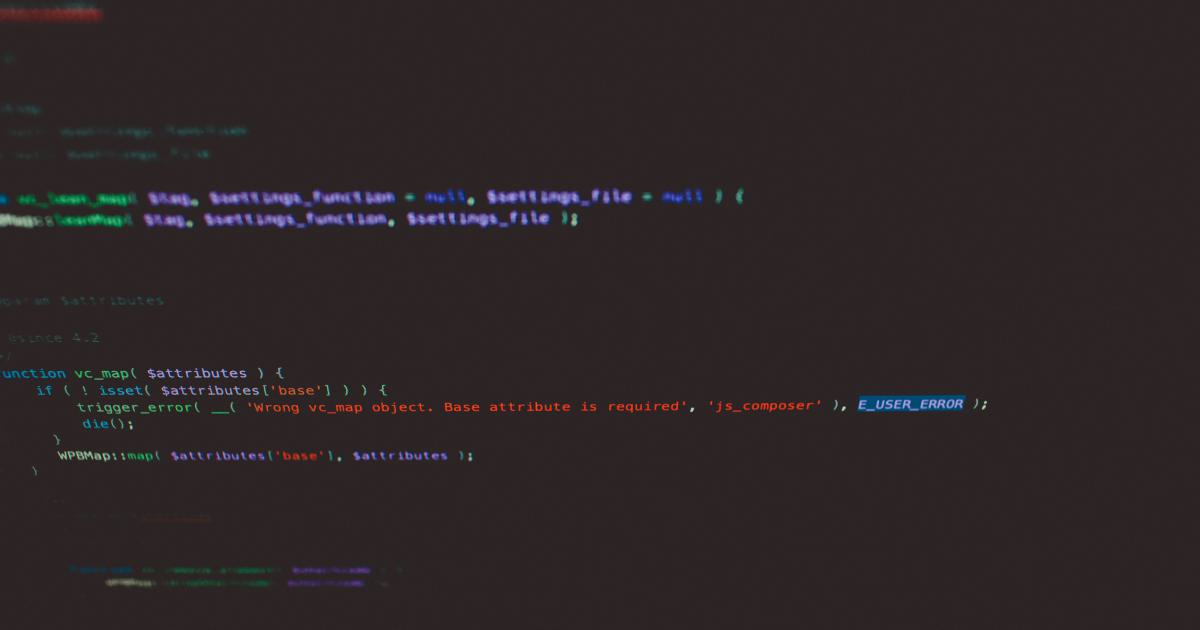Indexability Pitfalls: Avoiding Common Mistakes


Understanding Indexability
Indexability, a crucial concept in the world of search engine optimization (SEO), refers to the ability of search engines to crawl, index, and understand the content on a website. When content is not properly indexable, it can lead to a range of problems, from poor search engine visibility to decreased organic traffic and lost opportunities for conversion.
One of the primary reasons why indexability is so important is that search engines rely on their ability to understand and categorize web content in order to provide relevant and useful results to users. If a website's content is not properly indexed, it may not appear in search results, even if it is highly relevant to the user's query.
The Importance of Indexability
Indexability is critical for several reasons:
Search Engine Visibility: When content is not properly indexed, it becomes invisible to search engines, resulting in a significant loss of potential traffic and missed opportunities for conversion.
User Experience: Poor indexability can lead to a frustrating user experience, as users may not be able to find the information they are looking for, or may be presented with irrelevant or outdated content.
Ranking and Positioning: Search engines use a variety of factors to determine the ranking and positioning of web pages in their search results, and indexability is a key component of this process. If a website's content is not properly indexed, it is unlikely to rank well in search results.
Content Discoverability: Indexability is essential for ensuring that web content is easily discoverable by users, both through search engines and other channels, such as social media and content syndication.
Common Indexability Pitfalls
Indexability can be a complex and nuanced topic, and many websites struggle with common indexability pitfalls that can prevent their content from being properly indexed and discovered by search engines. Some of the most common indexability pitfalls include:
1. Technical Issues
Technical issues, such as server configuration problems, broken links, and website architecture flaws, can significantly impact a website's indexability. For example, if a website's robots.txt file is misconfigured, it can prevent search engines from crawling and indexing certain pages.

2. Content Quality and Optimization
Poor content quality, lack of optimization, and content duplication can all negatively impact indexability. Search engines prioritize high-quality, relevant, and unique content, so websites that fail to meet these standards may struggle to rank well in search results.

3. Site Structure and Navigation
A poorly designed website structure and navigation can make it difficult for search engines to crawl and index content effectively. This can include issues like shallow site architecture, broken internal links, and lack of clear content hierarchy.

4. Crawling and Indexing Barriers
Certain technical barriers, such as JavaScript-heavy websites, large image-based content, and dynamic URLs, can prevent search engines from effectively crawling and indexing a website's content.

5. Duplicate and Thin Content
Duplicate content, whether across a website or across the internet, can confuse search engines and negatively impact indexability. Similarly, thin content that provides little value to users can also be problematic.

Addressing Indexability Pitfalls
To address these common indexability pitfalls, website owners and SEO professionals can implement a range of strategies and best practices. Here are some key steps to improve indexability:
1. Conduct a Comprehensive Indexability Audit
The first step in addressing indexability issues is to conduct a thorough audit of the website's content, technical setup, and overall indexability. This can involve using a range of tools, such as Google Search Console, Ahrefs, and Screaming Frog, to identify any potential problems or barriers to effective indexing.

2. Optimize Technical Setup and Site Architecture
Once the indexability audit is complete, the next step is to address any technical issues or problems with the website's architecture. This may involve:
- Ensuring the robots.txt file is properly configured
- Fixing broken links and redirects
- Improving website speed and performance
- Optimizing the site's URL structure and internal linking

3. Enhance Content Quality and Optimization
Improving the quality and optimization of the website's content is another crucial step in addressing indexability pitfalls. This may include:
- Creating high-quality, unique, and relevant content
- Implementing effective on-page SEO tactics, such as optimized titles, meta descriptions, and header tags
- Addressing any issues with duplicate or thin content

4. Improve Site Structure and Navigation
Ensuring that the website's structure and navigation are user-friendly and easy for search engines to crawl is also important for indexability. This may involve:
- Implementing a clear and logical content hierarchy
- Improving internal linking and cross-linking between related pages
- Enhancing the website's overall navigation and user experience

5. Address Crawling and Indexing Barriers
For websites that face specific technical barriers to crawling and indexing, such as JavaScript-heavy content or large image-based pages, it's essential to implement strategies to overcome these challenges. This may include:
- Ensuring that critical content is accessible to search engine crawlers
- Optimizing image-based content for better indexability
- Implementing strategies to improve the crawlability of JavaScript-heavy pages

6. Monitor and Continuously Optimize
Indexability is an ongoing process, and website owners and SEO professionals should continuously monitor their website's performance and make adjustments as needed. This may involve:
- Regularly checking for indexability issues using tools like Google Search Console
- Analyzing search engine crawl data and making adjustments to the website's architecture or content
- Staying up-to-date with the latest search engine algorithms and best practices

Real-World Examples and Case Studies
To illustrate the importance of addressing indexability pitfalls, let's explore a few real-world examples and case studies:
Case Study 1: Overcoming Crawling Barriers for a JavaScript-Heavy Website
A leading e-commerce platform was struggling with poor indexability due to its heavy reliance on JavaScript-based content. Search engines were unable to effectively crawl and index the site's product pages, leading to a significant loss of organic traffic and missed conversion opportunities.
To address this issue, the company implemented a combination of strategies, including:
Ensuring critical content was accessible to search engine crawlers through the use of server-side rendering (SSR) or pre-rendering techniques.
Optimizing the website's JavaScript-based content to improve crawlability and indexability.
Regularly monitoring the site's performance and making adjustments as needed to maintain effective indexability.
As a result of these efforts, the company was able to significantly improve the indexability of its website, leading to a substantial increase in organic traffic and improved search engine visibility.

Case Study 2: Improving Content Quality and Optimization
A content-focused website was struggling with poor indexability due to a combination of low-quality, thin content and lack of effective optimization. Search engines were having difficulty understanding and categorizing the site's content, resulting in poor search engine visibility and low organic traffic.
To address these issues, the website's team implemented the following strategies:
Conducted a comprehensive content audit to identify and remove or improve low-quality, thin content.
Implemented a content strategy focused on creating high-quality, in-depth, and unique content that provided value to users.
Optimized the website's content for search engines, including the use of effective on-page SEO tactics, such as optimized titles, meta descriptions, and header tags.
By implementing these strategies, the website was able to significantly improve its indexability, leading to a substantial increase in organic traffic and improved search engine visibility.

Case Study 3: Addressing Technical Issues and Site Architecture
A news and media website was experiencing significant indexability challenges due to a range of technical issues and problems with its site architecture. Search engines were having difficulty crawling and indexing the site's content, leading to poor visibility and lost opportunities for engagement and conversion.
To address these challenges, the website's team undertook the following steps:
Conducted a thorough indexability audit to identify all technical issues and problems with the site's architecture.
Implemented a range of technical optimizations, including fixing broken links, improving server configuration, and enhancing website speed and performance.
Restructured the site's architecture to improve content hierarchy and internal linking, making it easier for search engines to crawl and index the website's content.
By addressing these technical and architectural challenges, the website was able to significantly improve its indexability, leading to a substantial increase in organic traffic and improved search engine visibility.

Conclusion
Indexability is a critical aspect of search engine optimization, and addressing common indexability pitfalls is essential for ensuring that a website's content is properly discovered, indexed, and ranked by search engines. By implementing a comprehensive indexability strategy that addresses technical issues, content quality, site architecture, and other key factors, website owners and SEO professionals can significantly improve their online visibility and drive more valuable traffic to their sites.